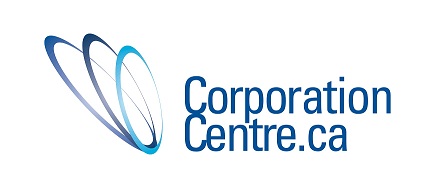At
some point in your life, you may have asked yourself the question “Should I
take up meditation?” There really is no right or wrong answer. For many people,
meditation is an effective stress reliever and aid to productivity,
concentration, and personal contentment. Others, having attempted meditation,
still fail to see what all the hype is about. The only way to find out which
camp you fall into is to give it a try.
Meditation
is a skill.
Like
all skills, it can be acquired, cultivated, and eventually more-or-less
mastered. But you won’t become an expert overnight. Finally, as with all other
skills, consistency and discipline are key: your progress is more likely to be
noticeable and beneficial if you practice diligently.
The goal
is to release tension, and quiet your mind.
If
you’ve seen the second film in the Star Wars series, The Empire Strikes Back, you will recall the Millennium Falcon’s
perilous voyage through an asteroid field, with Imperial fighters hot on its
tail. Commander Han Solo and his passengers manage to evade their pursuers and
navigate a slew of hurtling boulders suspended in the vacuum of space, only to
find themselves engulfed inside a giant carnivorous worm disguised as a cave.
The
asteroid field is analogous to an overloaded mind, deluged with thoughts,
distractions, and stressors, and generally unable to function at its full
capacity. Busy people are often haunted by the spectre of opportunity costs—the
notion that they could or should be doing something more productive at this
very moment, and the irritation of knowing that, try as they might, they simply
can’t perform five complex tasks at once. If you’ve experienced these feelings,
you know how challenging it can be to escape the mental asteroid field, and
regain your focus and composure. An effective round of meditation can help to
quiet your mind by redirecting your attention toward a single objective.
Start
with a simple breathing meditation.
Begin
by finding a relatively quiet space, and seat yourself comfortably in a
balanced position, with your back straight but not rigid. A straight spine,
with your chin facing forward rather than drooping down, is important in order
to avoiding lethargy or sluggishness during and after a meditation session.
 Next,
close your eyes. Search out tense areas of your body with your mind, and give
them permission to relax. Direct your focus toward your breathing. Inhale
deeply through your nose and exhale fully, imagining all the while that the air
entering your respiratory tract is cool, pure, relaxing fuel, while the air
that exits your body is hot, tension-filled exhaust. I
find it helpful to pretend that oxygen is filling my body all the way up to the
peak of my forehead. I then release 100% of the breath stored within me, all
the way down to the pit of my stomach.
Next,
close your eyes. Search out tense areas of your body with your mind, and give
them permission to relax. Direct your focus toward your breathing. Inhale
deeply through your nose and exhale fully, imagining all the while that the air
entering your respiratory tract is cool, pure, relaxing fuel, while the air
that exits your body is hot, tension-filled exhaust. I
find it helpful to pretend that oxygen is filling my body all the way up to the
peak of my forehead. I then release 100% of the breath stored within me, all
the way down to the pit of my stomach.
Feel
the sensation in your nostrils as air flows in and out. Concentrate on this as
you relax, and gradually settle into a natural, comfortable respiratory
pattern. An array of thoughts will probably enter your mind at this stage; this
is perfectly normal. Gently direct your attention back toward your lungs and
nostrils, and resist the temptation of allowing your mind to wander far off
course. Continue this exercise for about 10 minutes, or until your focus
settles singularly on your breathing, your brain quietens, and you feel ready
to resume your day.
Potential
benefits.
Meditation
yields different results for different people. If you commit to a 10- to
15-minute session daily, you may find that your overall stress level declines,
your concentration improves, and your relations with others become smoother and
more amicable. Over the long term, diminished stress and strife and greater
personal contentment can promote improved physical health and career longevity
too. In any event, there is no harm in trying.



